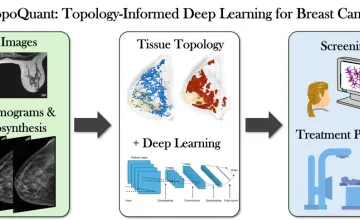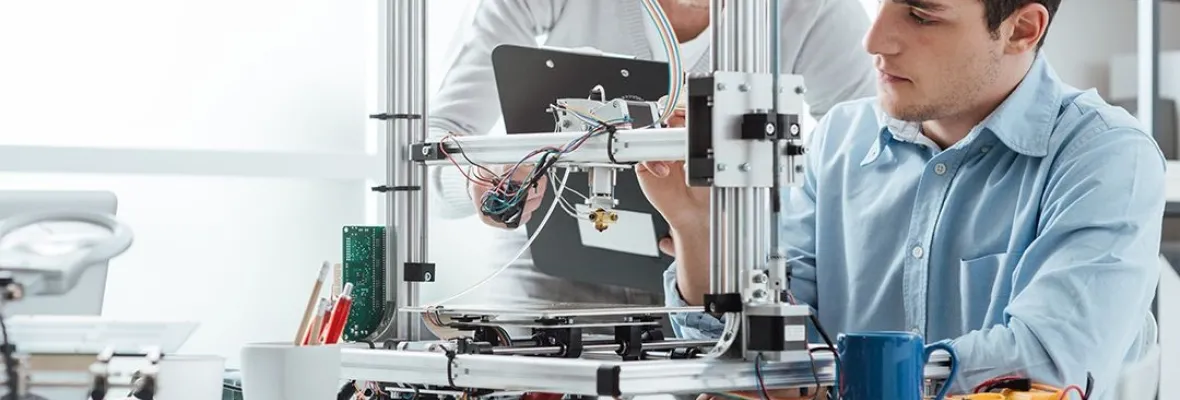AAU universities conduct a majority of the federally funded university research that contributes to our economic competitiveness, health and well-being, and national security. AAU universities are growing our economy through invention and innovation while preparing the next generation of scientists and engineers for global leadership. By moving research into the marketplace AAU universities are helping to create jobs, and provide society with new medicines and technologies.

UMD geologists uncovered evidence of a section of seafloor that sank into the Earth's mantle when dinosaurs roamed the Earth; it's located off the west coast of South America in a zone known as the East Pacific Rise.

Novel research supported by NCI could lead to more specific predictive disease models

A new University of Kansas study reveals parents seeking health care information for their children trust AI more than health care professionals when the author is unknown, and parents rate AI generated text as credible, moral and trustworthy.

Hypertension and amyloid plaques can separately cause dementia. Having both increases a person’s odds of developing cognitive decline, a new study finds
Explore More: University Research
You can filter stories by the university.
The results, published in Nature, could pave the way to the cleaner production of methanol, an important industrial feedstock and potential green fuel.
Materials scientists have developed a new strategy for crafting one-dimensional nanorods from a wide range of precursor materials.
Georgia Institute of Technology | Energy Storage/Distribution | Research to Secure Our Energy Future
Fabrics that can generate electricity from physical movement have been in the works for a few years. Now researchers at Georgia Institute of Technology have taken the next step, developing a fabric that can simultaneously harvest energy from both sunshine and motion.
It’s called mental imbalance for a reason. Sanity hangs in the gentle balance of chemicals strung together within regions of the brain.
Georgia Institute of Technology | Researching the Brain, Seeking Cures | Depression & Schizophrenia | University Research
A team of chemists has developed a method to yield highly detailed, three-dimensional images of the insides of batteries. The technique, based on magnetic resonance imaging, offers an enhanced approach to monitor the condition of these power sources in real time.
